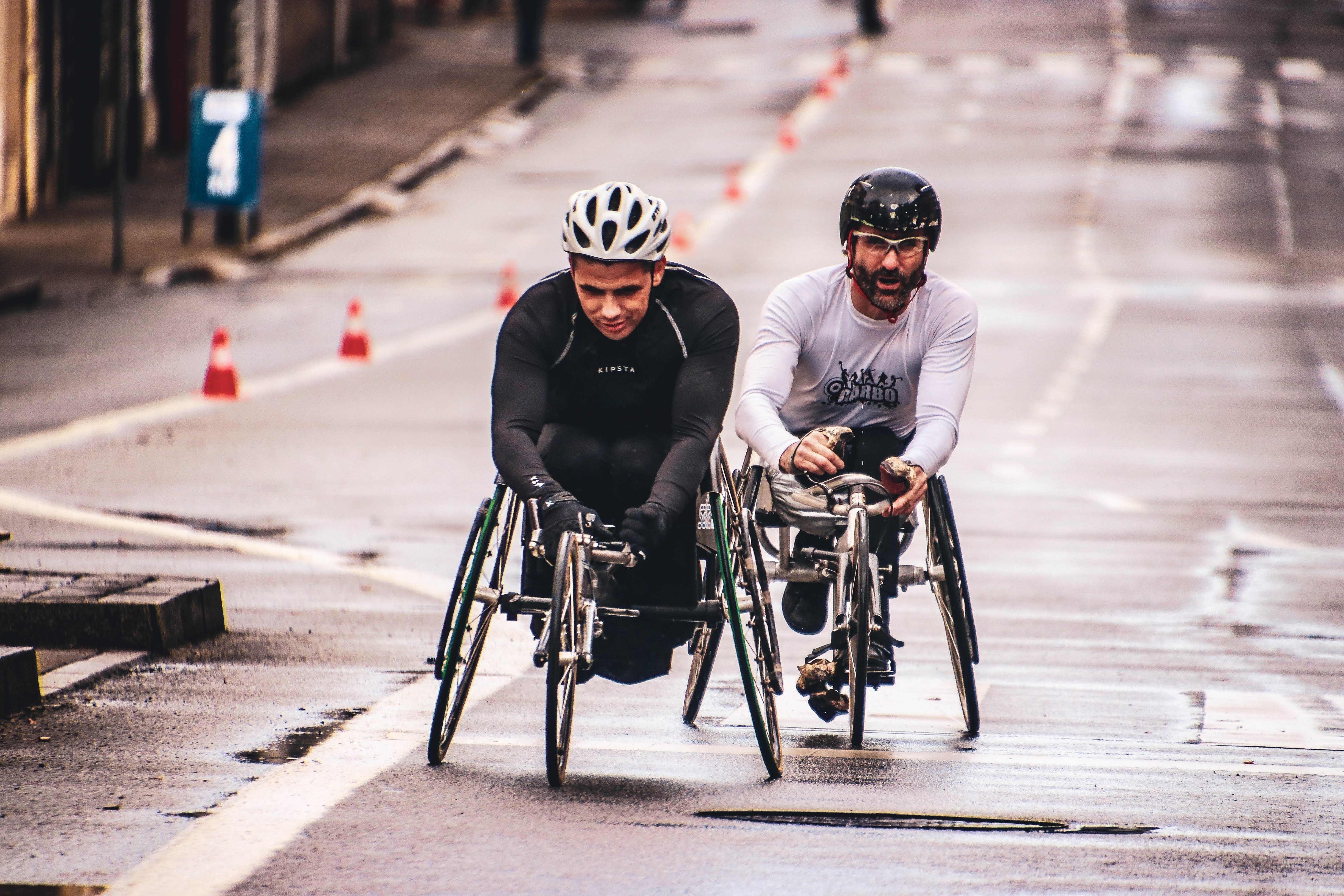
Are extreme and adventurous forms of sport truly just a dream for someone with physical limitations?
Contrary to popular belief, many recreational activities – even ones that demand high-levels of physical effort – can be enjoyed by people from all walks of life.
Depending on the sport in question, various tools and additional steps can be taken to easily accommodate different physical abilities. This can include people with more significant physical limits, such as impaired sight or motor skills.
Here are some examples of how PWDs can push their limits and work up a sweat through extreme and adventure sports:
Equestrian Sports
Also known as adaptive horseback riding, it’s a wonderful option if you’re trying to get over potential anxiety with animals, or if you love interacting with animals to begin with.
Although a seemingly simple activity, horseback riding can help you improve your physical abilities significantly.
Learning to maneuver your way around with a horse can develop your muscle strength, flexibility and balance.
For adaptive horse riding, you’ll probably be assisted by a side walker on either side of the horse, and a horse handler will be present to further assist you during lessons.
Your physical limitations are naturally accounted for to provide a safe and conducive environment for learning.
Getting used to the instructions and applying them also trains your ability to follow multi-step directions.
Meanwhile, handling your horse through proper interactions, such as keeping eye contact and regulating the sound of your voice, can be transitioned to improving your general social skills.
The greatest perk of this activity is its suitability across a wide age range, as there are adaptive horse riding programs out there that allow participation for people as young as 4 years old.
Skydiving
Admittedly, the intense nature of the sport does discourage those with certain disabilities from participating.
That said, the range of physical ability that skydiving does accommodate for is probably much wider than you might assume.
In fact, with facilities that allow for indoor skydiving as well as the presence of trained professionals, enjoying the activity is possible even if you have significant physical concerns, such as spinal injury.
Beyond that, if your physical limitations don’t involve the lower extremities or your spine, actual skydiving becomes much easier to enjoy, especially if you’re doing it with an experienced partner.
This method of skydiving, called tandem skydiving, means that a professional will share one parachute system with another inexperienced jumper.
Scuba Diving
Scuba diving can be enjoyed by pretty much anyone, provided that you do not have severe breathing difficulties.
Thanks to the sensation of weightlessness when underwater, you can experience a whole new range of movement that would have been impossible on land.
This alone is an amazing perk, as it can empower PWDs with a strong sense of physical control.
There is also a therapeutic quality to scuba diving, especially when done in charming locales such as coral reefs. The activity has been noted to effectively deal with anxiety and stress, and even more severe cases like PTSD.
It’s also worth noting that scuba diving is one of the easier adventure sports to learn. The activity involves only three primary skills, namely floating, kicking and breathing.
If your physical disability involves your lower body, adaptive tools such as prosthetics and modified flippers can definitely help to mitigate the issues.
Mountaineering
Speaking of prosthetics and assistive tools, the applications naturally extend into mountaineering as well.
Even taking many physical disabilities into account, it’s highly possible to engage in mountaineering with the right preparation and training.
It’s definitely worth considering, since mountaineering is a full body workout in itself. Working toward reaching a peak directly builds stamina and the ability to persevere.
More often than not, the activity is done in groups, sometimes particularly large ones, which is a great means of establishing friendships and building your network of like-minded contacts.
Kayaking
If you’re looking to work on your core muscles and admire nature simultaneously, kayaking is another great option.
Paddling a kayak usually involves proper arm technique, though this isn’t an ironclad rule.
Those with physical limitations in their arms and hands can utilise their legs instead for paddling. While difficult, it is certainly doable with the proper instruction, and there are opportunities in Malaysia that provide this.
There’s a lot of physical potential in us that can be harnessed to appreciate the more thrilling activities in life. This remains true whether you’re an abled individual or someone with physical challenges.
Don’t be discouraged by extreme and adventure sports without giving them a try. Your physical limits may just be much higher than you gave them credit for.
References:
Sunrise Medical (2019) Adventure sports for people with disabilities [Accessed 16 May 2023] Available at: https://www.sunrisemedical.co.uk/blog/adventure-sports-for-people-with-disabilities
Bryna Singh (2015) People with disabilities pushing the extreme in sports [Accessed 15 May 2023] Available at: https://www.straitstimes.com/lifestyle/people-with-disabilities-pushing-the-extreme-in-sports
AbleUSA (2017) 5 Incredible Extreme Sports for Individuals with Disabilities [Accessed 15 May 2023] Available at: https://ableusa.info/5-incredible-extreme-sports-for-individuals-with-disabilities/